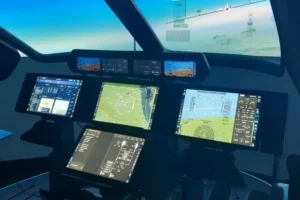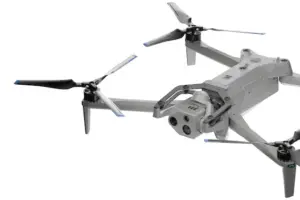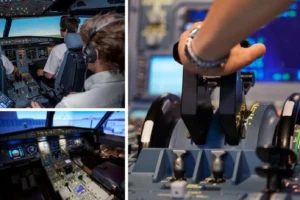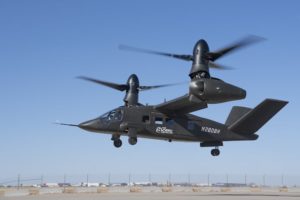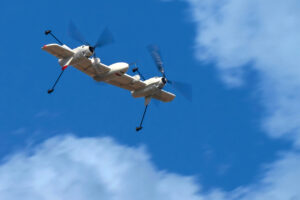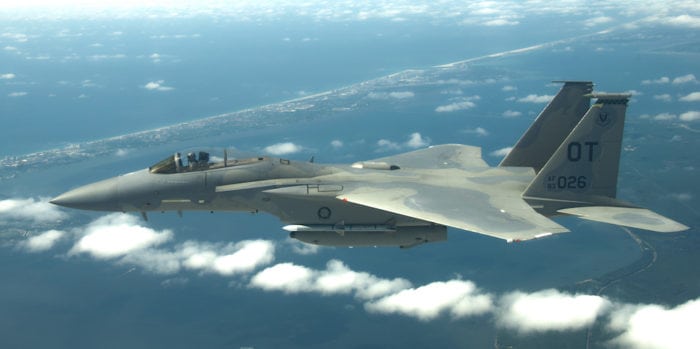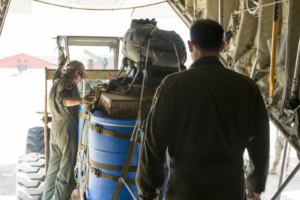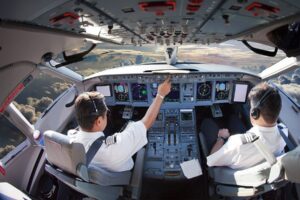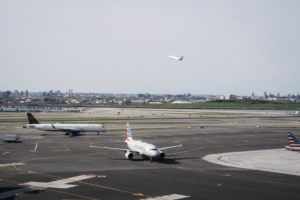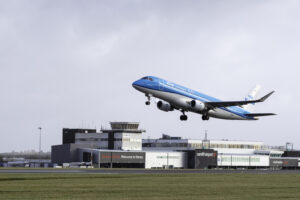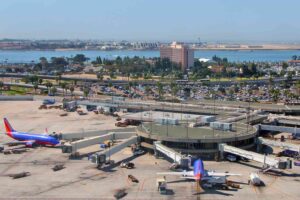Show Me the Money: How Metroplex Redesigns are Impacting the Bottom Line
By by Juliet Van Wagenen | April 1, 2016
Send Feedback
 |
The FAA, alongside the National Air Traffic Controller’s Association (NATCA) and airline partners are redesigning airspace and addressing inefficiencies, introducing new Performance Based Navigation (PBN) procedures, and making use of Time Based Flow Management (TBFM) to make airspace more efficient and improve access to airports with its initiative to revamp and redesign Metroplexes across the United States To date, the FAA has targeted 21 Metroplexes under its Optimization of Airspace & Procedures in the Metroplex (OAPM) project, where it plans to take a systems of airports with shared regional airspace and realign conventional routes and shift airspace boundaries to increase throughput.
Of those 21 Metroplexes, the FAA and aviation industry chose 12 to prioritize, including Metroplexes in Northern California, Southern California, Las Vegas, Phoenix, Denver, North Texas, Houston, Atlanta, South Central Florida, Charlotte, Cleveland-Detroit and Washington, D.C. Four Metroplexes have already completed redesigns — Houston, North Texas, Northern California and Washington, D.C. — and benefits for operators are varied.
“Each site is unique as far as progress is concerned,” a source at the FAA tells Avionics Magazine. “Some sites will have a greater advantage gained through reduction in track miles, others through the use of Optimum Profile Descents (OPDs) or the gains of new route structure as PBN allows aircraft to safely fly closer together.” Here, we take a look at three of those Metroplex sites, either still under construction or complete, and the increased efficiencies that airlines are seeing as they use new NextGen procedures in the heavily congested metropolitan areas.
Washington, D.C.
The FAA chose the Washington, D.C. Metroplex, which sees more than 2,100 commercial flights in and out of its airports each day, as one of the first two prototype metropolitan areas for the redesign projects. The effort focused on five airports, including Baltimore/Washington International Thurgood Marshal (BWI), Ronald Reagan Washington National (DCA), Manassas Regional-Harry P. Davis Field (HEF), Washington Dulles International (IAD), and Martin State (MTN). The D.C. Metroplex project recently completed its rollout of the NextGen procedures involved in the redesign and came to a close at the end of 2014.
“The Washington Metroplex included new [Area Navigation] RNAV arrivals and departures to modernize how we get to and from the airport. The big change from before is better optimization in the climb and descent of vertical flight. The arrivals are optimized to allow an idle descent path and the departures are optimized to get the aircraft up to altitude faster,” says Ron Renk, chief technical pilot at United Airlines. United Airlines is the lead airline partner at Dulles International airport, its main hub in the Washington, D.C. region.
To enable these approaches, Renk says that United’s fleet made use of advanced Flight Management Computer (FMC) capabilities. To fly RNP procedures, aircraft must be equipped with an FMC, a Multi-Mode Receiver (MMR) or Global Positioning System Sensor Unit (GPSSU), a Global Navigation Satellite System (GNSS) relying on barometric altimetry or Satellite-Based Augmentation Systems (SBAS), Distance Measuring Equipment (DME) and Electronic Flight Instrument (EFIS) displays, among others, depending on the model of the aircraft, according to Performance Based Navigation (PBN) operational guidance provided by the FAA.
Aircraft equipped to fly PBN-type procedures, such as RNAV approaches, are able to perform an ODP, flying at reduced thrust in a continuous descent from cruise altitude to the final approach fix. These procedures have helped to increase flight path repeatability and reliability for United’s fleet at the airport. “Arrivals in the past had very little vertical profile information or speed information included with them. Both the descent and speed were mainly provided by ATC. The new arrivals have prescriptive altitudes and speeds making them more repeatable than the procedures they replace,” says Renk.
As of July 2015, the FAA projected that the annual benefits accrued from the completion of the improvements as part of the program would result in an estimated $6.1 million in fuel savings per year as a result of a reduction of an estimated 2.1 million gallons of fuel. Furthermore, the FAA’s preliminary assessment pointed to a CO2 reduction of an estimated 18.2 thousand metric tons.
Denver
The Denver Metroplex is still under construction when it comes to implementing new NextGen procedures. At the Centennial (APA), Rocky Mountain Metropolitan (BJC), and Denver International (DEN) within the Metroplex, the FAA is aiming to reduce an estimated 6 million gallons of fuel a year, translating to a $1.8 million drop in fuel costs for operators, as well as a reduction of 5.4 thousand metric tons of carbon emissions. The effort focuses on a number of airports. “Established on RNP (EoR) has been in use at Denver and will continue to be utilized with the Metroplex design efforts. This curved approach path RNP enables more repeatable and predictable flight paths with enhanced safety,” the FAA says.
Southwest Airlines participated in the Denver RNAV/RNP project and has committed $175 million to equip its entire fleet of nearly 700 aircraft with the avionics to fly RNP/RNAV PBN procedures, and train pilots and dispatchers. This includes training more than 5,900 Pilots to fly Primary Flight Display Navigation Display (PFD/ND) procedures in order to capture and take advantage of RNP procedures.
PBN is an air navigation concept that focuses on precise operations within a specific airspace. Within the chosen airspace, operators are allowed to fly particular approach paths, noise abatement procedures and routes through congested areas, etc., as long as the options chosen meet RNP guidelines. The FAA defines Area Navigation (RNAV) as a navigation that enables aircraft to fly on any desired flight path within the coverage of ground or satellite-based navigation aids or within the limits of the capability of self-contained aids, or a combination of both. Required Navigation Performance (RNP) takes the concept a step further and is RNAV, with the addition of onboard performance monitoring and alerting capability. These procedures aim to allow airlines to fly more safe and efficient flight paths in order to reduce congestion, delays, fuel use, emissions and noise within the boundaries of a particular area of airspace.
“81 percent of our aircraft are equipped for RNP and all of our pilots are trained to use it. By 2018, our entire fleet will be capable of RNP,” says Rick Dalton, air space and flow management director at Southwest Airlines. As a result of these procedures, the airline will save an average of 30 miles and 6 minutes of flight time for each flight in Instrument Flight Rules (IFR) conditions, according to Dalton.
North Texas
The North Texas Metroplex redesign project, one of the first two prototype projects, which centers mainly on the Dallas/Fort Worth metropolitan area, has emerged as arguably the most troubled undertaking in the FAA’s redesign repertoire. While the NextGen Implementation Plan of 2009 targeted around $10 million in fuel savings for American Airlines alone, to date the redesign has generated much smaller benefits.
North Texas has implemented 80 new or modified procedures as of Sept. 18, 2014, according to the FAA, reducing track miles and taking advantage of OPDs. However, these less-than-stellar savings have come about as the result of some cultural and technical difficulties, according to Brian Will, director of airspace modernization and advanced technology at American Airlines, a major partner in the North Texas OAPM initiative.
“At DFW we implemented 16 RNAV STARS, or arrivals, 17 RNAV SIDs, or departures, and 16 RNAV/RNP approaches as part of the North Texas Metroplex upgrade. It was a huge undertaking,” Will says. “We came up against two major challenges. The controllers at the airport function incredibly well and the fact that somebody decided that DFW would be one of the first two airports alongside Washington, D.C. raised a few eyebrows because controllers were doing a very good job of managing DFW’s traffic safely and efficiently up until then. So, if a team feels that they are doing so well there is very little that they can do to do better, it is hard to come in and implement change.
“One of the other things we came up against at DFW that was a bit of a challenge was some of the rules that we had to deal with. In some instances, we had been flying aircraft for about 40 years, but new rules dictated that we could no longer fly those same routes when we put the RNAV procedures in place. The airplane doesn’t know the difference: it climbs, it turns, it does everything it has been doing forever, but, some of the rules we had to operate under, took away from some of the efficiencies we could have put in place.” Will also cited airspace constraints from nearby airports, such as Love-Field, as well as some military bases, such as the nearby Sheppard Air Force Base, as contributing to the loss in projected efficiencies. “If you look at DFW from above and point out, pre-Metroplex, what lines were drawn to get the jets in and out and compare it to post-Metroplex, we chipped away at some of the bends, twists and turns in order to shorten some distances. In some instances we did this pretty well, but by-and-large, if you didn’t look closely, it still looks a bit like what we were doing before. In a macro sense, that would be a true statement,” says Will.
Going forward, American and the FAA would like to straighten out the arrival and descent routes where possible and implement OPDs. “Laterally, we want to straighten the lines out. Vertically, we want to get to a point where the crews at cruising altitude, 30,000 feet and above, pull back to idle and coast down to where we’re very close to landing and then push the power up,” says Will. “If we’re able to do this, we can capture fuel and monetary benefits, but also environmental and noise benefits for nearby communities.”
Time-Based Benefits
Another aspect of airspace redesigns is Time Based Flow Management (TBFM), which aims to enhance National Airspace System (NAS) efficiency by using the capabilities of the TBFM decision-support tool, a system that is already deployed at all Air Route Traffic Control Centers (ARTCC) in the U.S., according to the FAA. While airlines focus on lateral and vertical procedures, this aspect of Metroplex redesigns is beginning to come to term.
“Time-based products are reaching beyond initial capabilities with the GIM-S providing speed assignments further out to reduce vectoring and Terminal Spacing and Sequencing (TSAS) to maintain the time-based environment to the runway,” a source at the FAA tells Avionics Magazine. “Aircraft are also getting scheduled off the ground to fit into an overhead stream to meet miles in trail restrictions through TBFM functionality.”
Meanwhile, Adjacent Center Metering (ACM) is assisting controllers to meet constraints with less vectoring close to the airport.
“All these tools will eventually provide an end-to-end time-based platform for the NAS,” the FAA says.


